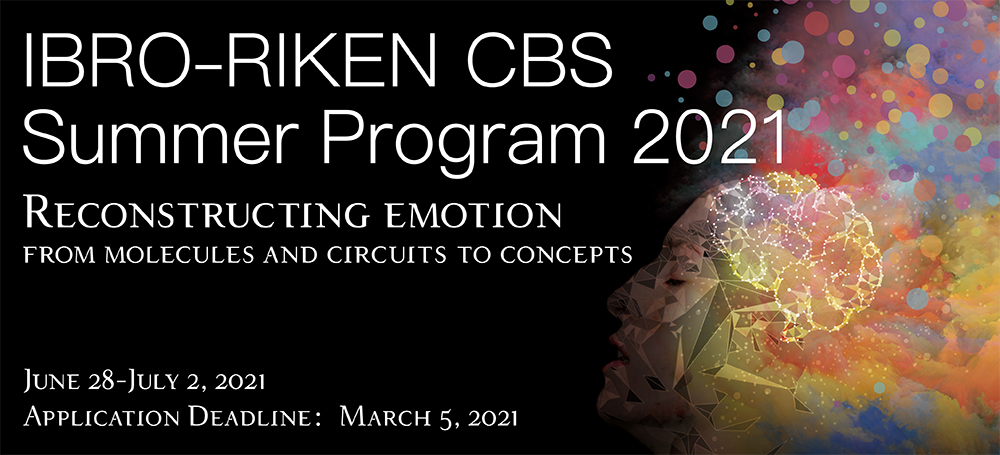

[L14] The neural mechanisms for song evaluation in fruit flies
Lecturer
Date/Time
July 2, 2021 10:40am-12:00pm
Abstract
How does the brain decode the meaning of sound signals, such as music and courtship songs? We believe that the fruit fly Drosophila melanogaster is an ideal model for answering this question, as it offers a comprehensive range of tools and assays which allow us to dissect the mechanisms underlying sound perception and evaluation in the brain. During the courtship behavior, male fruit flies emit “courtship songs” by vibrating their wings. Interestingly, the fly song has a species-specific rhythm, which indeed increases the female’s receptivity for copulation as well as male’s courtship behavior itself. How song signals, especially the species-specific sound rhythm, are evaluated in the fly brain? To tackle this question, we are exploring the features of the fly auditory system systematically. In this lecture, I will talk about our recent findings on the neural basis for song evaluation in fruit flies.
References
- D Yamada, H Ishimoto, X Li, T Kohashi, Y Ishikawa, A Kamikouchi (2018). GABAergic local interneurons shape female fruit fly response to mating songs. J. Neurosci. 38(18) 4329-4347.
- X Li, H Ishimoto, A Kamikouchi (2018). Auditory experience controls the maturation of song discrimination and sexual response in Drosophila. eLife 7(e34348) .
- A Kamikouchi, HK Inagaki, T Effertz, O Hendrich, A Fiala, MC Göpfert, K Ito (2009). The neural basis of Drosophila gravity-sensing and hearing. Nature 458(7235) 165-171.



